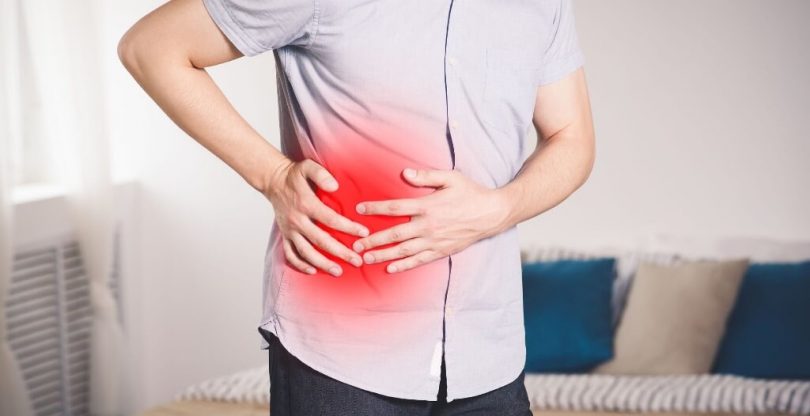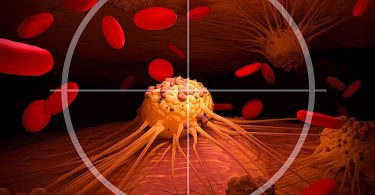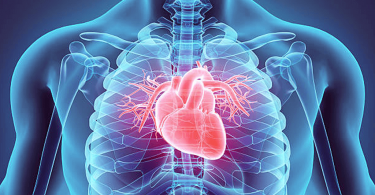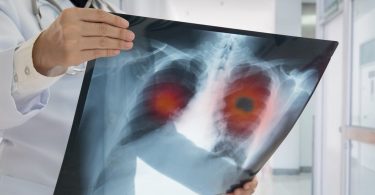Appendicitis is an inflammation of the appendix so, in this article we will talk about : appendicitis causes, symptoms and treatment.
Contents
Appendicitis definition
This disease refers to a sudden and acute inflammation or swelling of the appendix, natural diverticulum, located in the lower part of the caecum (large intestine).
It affects around 5% of the population, especially children and adolescents.
In the majority of cases, this disease has no effect on health, thanks to the use of antibiotics and a safe surgical intervention (appendectomy).
The operation involves removing the appendix from the abdomen. We should carry out this treatment of appendicitis very quickly before the inflammation pierces the appendix and causes an infection of the peritoneum (peritonitis) characterized by the presence of pus in the abdominal cavity.
Appendicitis causes
For the most part, we don’t know the causes of appendicitis.
Occasionally, obstruction of the appendix by faecal matter that accumulates there is a cause of inflammation.
Certain conditions, such as a tumor or an inflammatory bowel disease, can cause inflammation of the appendix.
Appendicitis symptoms
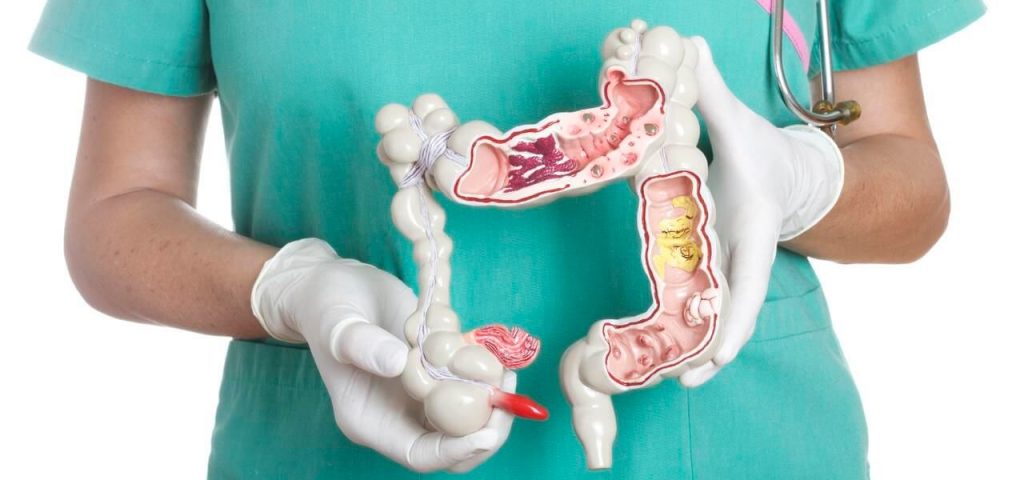
Most often, appendicitis occurs suddenly and its symptoms can be confused with those of other pathologies. In order to confirm the diagnosis of appendicitis, we recommend you to consult a doctor as soon as possible. The operation represents a surgical emergency.
The symptoms of appendicitis are variable but, most often, there are:
- pain located in the right side of the lower abdomen, increased by breathing, coughing, walking, and palpation of the painful area;
- nausea or even vomiting;
- loss of appetite or anorexia;
- constipation;
- a slight fever.
These signs are only present for 50% of people: many variations of the disease are possible (urinary signs, diffuse abdominal pain (especially in children and infants)…).
When peritonitis occurs, the clinical assessment indicates:
- a high fever;
- a hard, contracted and painful belly;
- deterioration of the general physical state;
- signs of intestinal obstruction with nausea and vomiting. When appendicitis are suspected, it is essential to consult a doctor urgently or to go to the hospital quickly.
Prevention councils
There is no way to prevent appendicitis because the mechanism that causes this pathology is natural.
Appendicitis exams
To diagnose appendicitis, it is necessary to perform a clinical examination.
The pathology does not require additional examination, except a preoperative blood test. However, some appendicitis is more difficult to observe because of their unusual low position.
In order to rule out other illnesses, the doctor may practice:
- an ultrasound;
- an x-ray of the abdomen;
- a scanner.
Appendicitis treatment
When we detect the appendicitis, we start to use antibiotic treatment to relieve the pain.
In all cases, we have to do urgently an operation called appendectomy (the appendix is removed).
We can practise Two surgical techniques:
- Firstly, the classic technique: under general anesthesia, the surgeon makes a horizontal incision of 1 cm to 1.5 cm, below the belly on the right. It divides the different layers (skin, fat, fascia), crosses the muscles without cutting them up to the peritoneum (membrane covering the intestines and inside the belly) which it opens. we remove the lower part of the cecum ,the appendix while, the base of the appendix is ligated. The operation lasts from twenty minutes to three quarters of an hour.
- Secondly, the technique under laparoscopy, under general anesthesia, an incision is made in the navel. A tube of optical fibers connected to a camera is introduced there to view the entire abdominal cavity on a screen. Two other very low incisions allow micro-instruments to operate. We blow three to four liters of gas into the stomach. The appendix is removed and ligated. We aspirate the injected gas. Three sutures are performed. The operation lasts from twenty-five minutes to an hour and a half.
After the operation
Hospitalization is, for the most part, short-term (two to six days), and recovery is fairly brief. In the case of peritonitis, the operative suites are more complicated and hospitalization is longer.
Following the operation, activities involving the abdominal muscles (carrying heavy loads, sports, etc.) should be excluded for at least four weeks.
One month after the intervention, a check-up consultation must take place.
A work stoppage of one to two weeks minimum is necessary.
Read also:
Anxiety: causes, symptoms and treatment
Arthritis: causes, symptoms and treatment
Asbestosis: causes, symptoms and treatment

